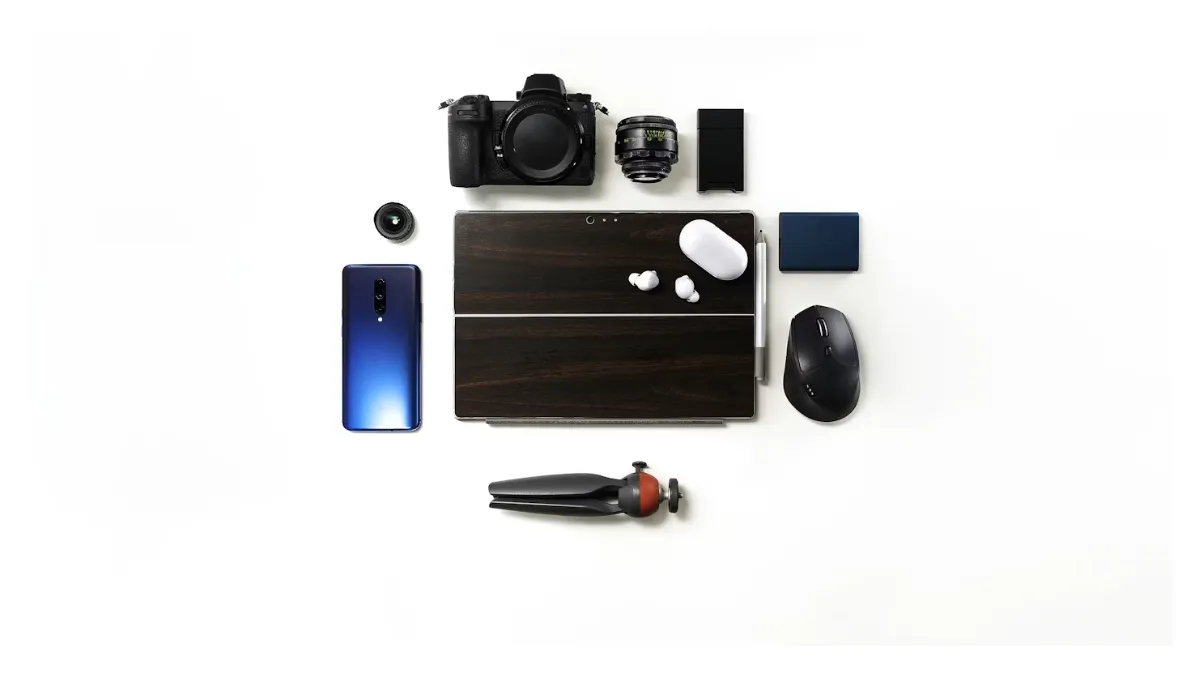
Socks Compliance Certification for Europe, USA
The following introduces socks compliance requirements from three perspectives: international standards, Chinese standards, and major testing items.
Certification RegULations and Standard Systems
Socks standards are generally divided into mandatory standardsand recommended standards.
- Mandatory standards: Mainly address the most basic safety, health, and technical requirements. Products must comply in order to be marketed.
Example: China’s gb 18401 and GB 31701.
- Recommended standards: Specify physical performance, wearing performance, and quality level indicators. They are often used as a benchmark for product quality grading.
Example: China’s FZ/T 73001, U.S. ASTM D4234, etc.
Chinese Standards
- GB 18401-2010 National General Safety Technical Code for Textile Products (Mandatory)
- Core content: The baseline safety regulation for all textile products (including socks). Textiles are classified into three categories based on end use: A (infant), B (direct skin contact), C (non-direct skin contact). Socks fall under Category B.
- Main controlled items: Formaldehyde content, pH value, odor, banned aromatic amine dyes, and colorfastness to water, perspiration, rubbing, saliva.
- GB 31701-2015 Safety Technical Code for Infant and Children’s Textile Products (Mandatory)
- Core content: Applies specifically to textiles for infants (≤36 months) and children (≤14 years). Children’s socks must comply.
- Main controlled items: Builds upon GB 18401 with stricter requirements for mechanical safety (e.g., drawstring limits), tensile strength of attachments, flammability, etc.
- FZ/T 73001-2016 Socks (Recommended Industry Standard)
- Core content: The most important product standard for socks in China. Specifies dimensions, sizing, technical requirements (internal and external quality), test methods, and inspection rules. Used to define premium, first-class, and qualified products.
- FZ/T 73023-2006 Antibacterial Knitted Products(for antibacterial socks)
- FZ/T 73056-2016 Knitted Sports Socks(for sports socks)
International Standards
- United States
- CPSC Regulations: Mandatory requirements on lead content and flammability in textiles.
- ASTM D4234-23: Standard specification for men’s and women’s dress and career socks.
- ASTM F2894-19: Standard specification for men’s and women’s athletic socks.
- European Union
- reach regulation (EC) No 1907/2006: Governs registration, evaluation, authorization, and restriction of cheMICals. Restricts harmful substances such as azo dyes and nickel release.
- OEKO-TEX® Standard 100: A globally recognized voluntary eco-label. Divides textiles into four classes based on intended use, setting limits on hundREDs of harmful substances. Widely trusted by brands and consumers.
Key Testing Items
01. Internal Quality (Physical Performance & Chemical Safety)
a. Chemical Safety Tests
- Formaldehyde content: Excess may irritate skin and respiratory system; must be strictly controlled.
- pH value: Human skin is weakly acidic; abnormal pH in textiles may cause discomfort or allergies.
- Banned aromatic amine dyes: Forbidden due to potential release of carcinogenic amines.
- Odor: Must not have moldy, petroleum, fishy, or aromatic hydrocarbon odors, which indicate contamination.
- Heavy metals (Pb, Cd, etc.): Especially for children’s socks, to avoid ingestion during chewing.
b. Colorfastness Tests
- Rubbing fastness (dry/wet): Resistance of colors to rubbing. Poor wet fastness may cause staining.
- Perspiration fastness: Stability of color under sweat exposure.
- Washing fastness: Changes in color after laundering and staining of other fabrics.
c. Physical Performance Tests
- Fiber composition & content: Must match labeling; ensures consumer right to know.
- Bursting/tearing strength: Tests durability at stress points such as heels and toes.
- Elasticity & recovery: Checks whether cuff elasticity is durable.
- Abrasion resistance: Simulates sock wear against shoes.
- Pilling resistance: Evaluates surface fuzzing/pilling after friction.
- Dimensional stability (after washing): Measures shrinkage/deformation after laundering.
- Rib extension/elongation: Evaluates stretch of sock cuffs.
d. Special Function Tests (if claimed)
- Antibacterial performance: For antibacterial socks, test bacteriostatic rate.
- UV protection (UPF): For sun-protective socks.
- Moisture absorption & quick-dry: For sports socks, test sweat absorption/wicking speed.
02. External Quality
- Dimensions: Verify total length, cuff length, foot length match labeled sizes.
- Surface defects: Inspect for holes, broken yarns, missed stitches, oil stains, color shading, or foreign matter.
- Seam quality: Ensure toe seams are flat and secure, with no sharp protruding threads (especially for children’s socks).
- Symmetry: Both socks in a pair must match in size, color, and pattern.
Compliance Guidance for Enterprises
- Must comply with mandatory regulationsin target markets (e.g., GB 18401 in China, REACH in EU).
- Select appropriate product standards(e.g., FZ/T 73001, ASTM F2894) based on product positioning (casual socks, sports socks, children’s socks).
- Conduct regular testingof raw materials and finished products, focusing on chemical safety and key physical performance indicators.
Email:hello@jjrlab.com
Write your message here and send it to us
 How to get a D-U-N-S® Number for US FDA Registrati
How to get a D-U-N-S® Number for US FDA Registrati
 Household Massage Devices Compliance in the China
Household Massage Devices Compliance in the China
 Compliance for the Global In Vitro Diagnostic (IVD
Compliance for the Global In Vitro Diagnostic (IVD
 Compliance Guide for Nebulizers in European and Am
Compliance Guide for Nebulizers in European and Am
 Cybersecurity Certification Service for EU RED Dir
Cybersecurity Certification Service for EU RED Dir
 ANATEL Certification Compliance Guide for Brazil M
ANATEL Certification Compliance Guide for Brazil M
 Energy Storage Battery Brazil Inmetro Certificatio
Energy Storage Battery Brazil Inmetro Certificatio
 Southeast Asia Compliance Requirements for EV Char
Southeast Asia Compliance Requirements for EV Char
Leave us a message
24-hour online customer service at any time to respond, so that you worry!




